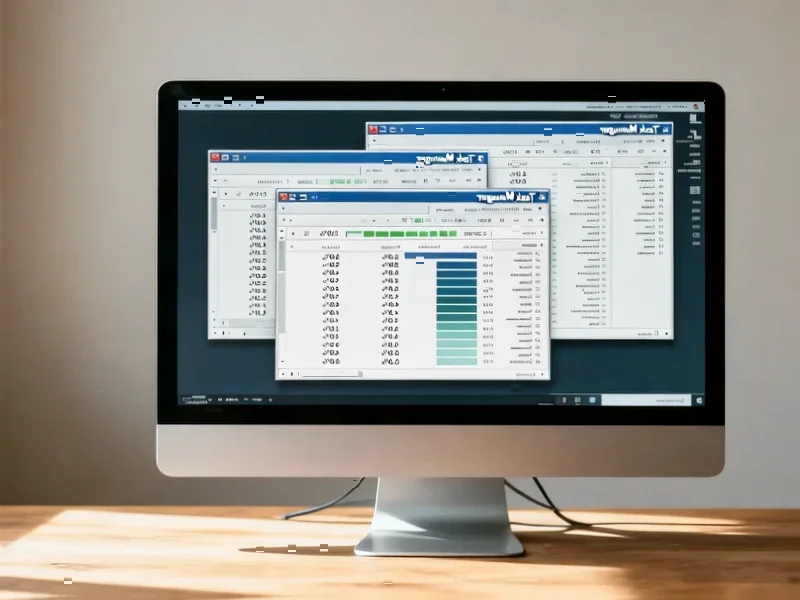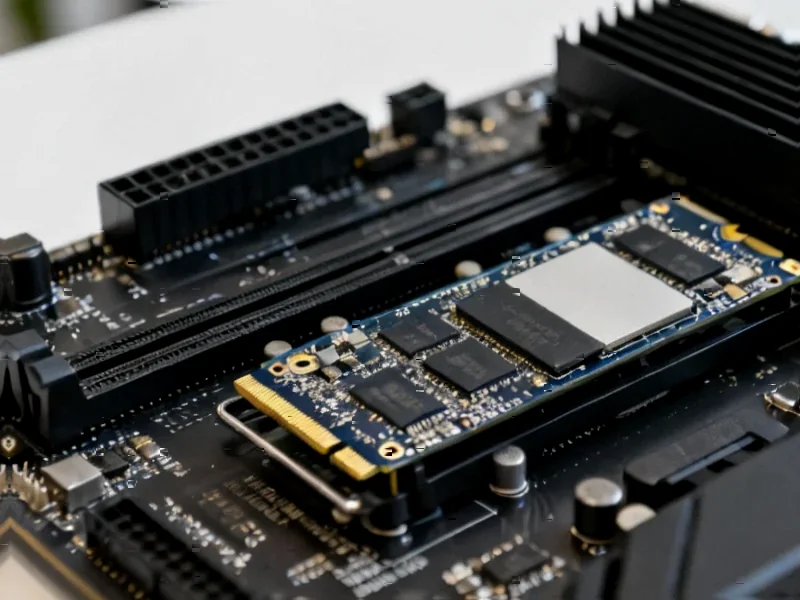According to Guru3D.com, TerraMaster is preparing to begin internal testing of its latest NAS operating system, TOS 7, following its official unveiling at the end of October. Built on Linux kernel 6.12, the update introduces more than 50 new functions alongside 1000 detailed optimizations, with TerraMaster claiming a 60% increase in operational efficiency through redesigned interface icons and adjusted core interaction logic. The system features enhanced search capabilities with 120% improved accuracy and up to tenfold faster retrieval speeds compared to TOS 6, plus built-in document editing for Word, Excel, and PowerPoint files directly within the web interface. TerraMaster is currently recruiting internal testers through its official website, with a public beta expected after successful completion of the Insider Preview phase. This ambitious update raises important questions about execution and market positioning.
The Reality Behind Performance Claims
TerraMaster’s performance metrics deserve careful scrutiny. Claims of “60% operational efficiency” and “tenfold search improvements” sound impressive but lack crucial context about testing methodology and hardware dependencies. In the NAS market, such dramatic performance leaps typically require fundamental architectural changes rather than interface optimizations alone. The move to Linux kernel 6.12 provides legitimate technical benefits for storage management and security, but translating kernel upgrades directly to user-facing performance gains is rarely this straightforward. Historical precedent in the NAS industry shows that interface redesigns often deliver perceived speed improvements through better user experience design rather than actual performance enhancements.
Built-in Editing: Convenience vs. Capability
The inclusion of web-based Office document editing represents TerraMaster’s attempt to compete with Synology’s Office suite and QNAP’s solutions, but implementation quality will determine its usefulness. Web-based document editing requires robust real-time synchronization, conflict resolution for multi-user scenarios, and comprehensive format compatibility—areas where even established players struggle. Without knowing whether TerraMaster developed this capability in-house or licensed third-party technology, it’s difficult to assess its maturity. The feature’s success will depend on how well it handles complex formatting, large files, and simultaneous multi-user access—common pain points in NAS-based office suites.
The Insider Preview Challenge
TerraMaster’s reliance on community testing through its Insider Preview program carries both benefits and risks. While crowd-sourced testing can identify diverse use case issues, it’s less effective for uncovering deep architectural problems or long-term stability concerns. The company’s recruitment of internal testers suggests they’re following a rapid iteration model, but NAS operating systems require extensive validation for data integrity and reliability—areas where shortcuts can lead to catastrophic data loss. Previous TerraMaster software releases have faced criticism for buggy initial versions, putting pressure on TOS 7 to demonstrate enterprise-grade stability from launch.
Competitive Landscape Considerations
TerraMaster’s timing with TOS 7 comes as the NAS market faces increasing pressure from cloud storage solutions and hyperconverged infrastructure. While the feature set appears competitive on paper, TerraMaster must overcome its reputation as a value-oriented alternative to established players like Synology and QNAP. The company’s TNAS.online platform upgrades for remote access address a key differentiator, but security implementation and reliability will determine whether businesses trust TerraMaster for remote workforce solutions. The extensive UI modernization suggests TerraMaster understands the importance of user experience in convincing users to switch from more established platforms.
Technical Debt and Compatibility Concerns
One of the most significant unmentioned challenges with TOS 7 is backward compatibility and migration complexity. With “nearly 90% of system icons redesigned” and “core interaction logic” adjusted, existing TerraMaster users face a potentially steep learning curve. More critically, applications and services running on TOS 6 may require updates or reconfiguration to function properly under the new system. The Linux kernel upgrade, while beneficial for security and performance, could break custom applications or Docker containers that users rely on. TerraMaster’s success will depend heavily on providing clear migration paths and comprehensive compatibility testing documentation.




